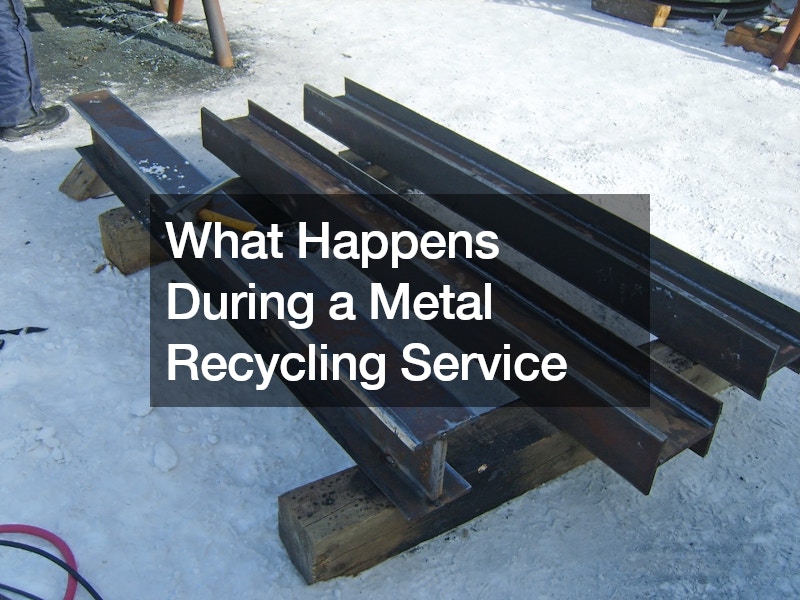Metal recycling is a crucial process that begins with the collection and sorting of various metal items, such as cans, appliances, and structural components. Once collected, these materials are transported to a metal recycling service facility where they undergo rigorous sorting based on their type and quality. The sorted metal is then cleaned, processed, and melted down to be reshaped into new products.
At the heart of a metal recycling service is the sorting process, where magnets, screens, and other techniques are utilized to separate different types of metals, ensuring efficient recycling. After sorting, the metals are typically cleaned to remove contaminants like paint or coatings, preparing them for the melting process. Melting down the cleaned metal allows it to be transformed into raw material for manufacturing industries, promoting sustainability and resource conservation.
One of the key benefits of utilizing a metal recycling service is the conservation of energy and resources, as recycling metal consumes significantly less energy than extracting it from ores. Moreover, recycling metal helps reduce greenhouse gas emissions associated with traditional metal production processes. By choosing metal recycling, businesses and individuals contribute to the circular economy by closing the loop on the metal production cycle.
In addition to environmental benefits, metal recycling also offers economic advantages by creating jobs in the collection, processing, and manufacturing sectors. Furthermore, it reduces the reliance on imported raw materials, promoting domestic resource utilization and enhancing economic resilience.
.


